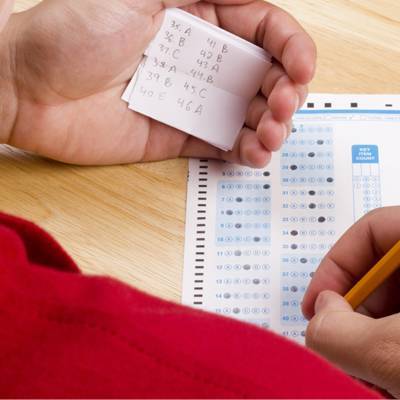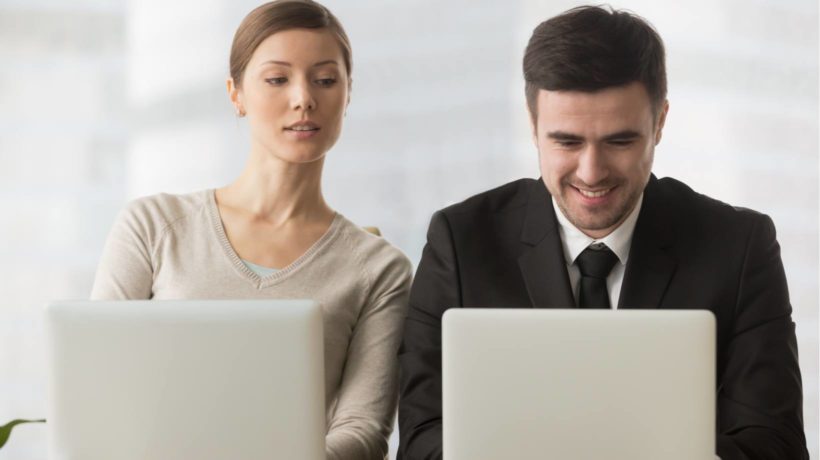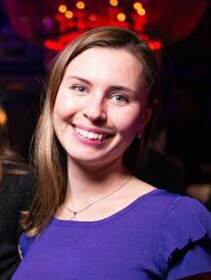Free Plagiarism Checkers: A valuable Tool for eLearning Facilitators
The Internet has offered us the opportunity to learn anytime, anywhere, and to access a wealth of information without even leaving home. While this has led to a boom in the eLearning industry, it has also made it much easier for learners to plagiarize content that they stumble upon online. As a result, online instructors and eLearning facilitators often turn to free plagiarism checkers to ensure that their learners are turning in work that is free of copied content. At the same time, educational developers utilize these tools to verify that their work is 100% original before offering it for public consumption. So, what are the advantages of using free plagiarism checkers?
- Allow you to search in a variety of databases
Plagiarism tools allow access to a number of databases, which means that you can cross check papers across a high volume of documents. These tools can search through a multitude of databases and indexes so that any incidents of plagiarism can be detected and appropriate action can then be taken. If there is any doubt that a learner has plagiarized work, an instructor can input (or just copy and paste) the excerpt in question into the software and confirm or clear the suspicions. - Plagiarism checking software serves as an invaluable educational aid
If you do discover that a paper or assignment has been plagiarized after using the checking tool, you can then use this opportunity to show the learner how to properly cite references. Instructors can inform the learners of how they can improve upon their writing and research skills, which ultimately enhances the learning experience as a whole. - Offers learners the opportunity to get more out of the educational experience
Learners who are aware of the consequences of plagiarism today will be more likely to have successful academic careers in the future. Using plagiarism checkers in eLearning helps learners to develop moral and ethical boundaries in respects to the content they create, whether for class or for professional projects. Also, plagiarism checkers enable learners to get the most out of the educational experience, given that they will have to truly acquire and retain the information in order to write a paper in their own words. - Deters learners from plagiarizing in the first place
If learners are aware of the fact that you are using plagiarism checkers, then they will be less likely to even attempt to copy the work of others. If instructors or facilitators inform learners that all of their papers will be checked by one of these tools, they may potentially stop plagiarism before it even begins. Often times, simply stating that you are using a plagiarism checker, even if you aren't planning to run each and every paper through the tool, will be enough to deter copying amongst learners. - Ensure that your own eLearning course content is free of plagiarism
If you are an eLearning course or content developer yourself, it's always wise to run your work through a plagiarism-checking tool before uploading it or integrating it into your deliverable. This not only allows you to uphold your professional credibility, but also enables you to avoid any issues later on, such as copyright infringement.
4 Additional Tips for Preventing Plagiarism in eLearning
To get the most benefit from free plagiarism checkers and to enhance the effectiveness of your anti-plagiarism efforts in the virtual classroom, you may want to keep a few tips in mind:
- What constitutes as plagiarism?
You should provide a clear definition of exactly what plagiarism is, so that there is no confusion later on. Tell your learners that any quotes or copied content that is not properly cited is considered as plagiarism. Also, stress the importance of creating original works, so that they fully understand why plagiarism is not only prohibited, but is indeed a hindrance to their education. - Include a plagiarism policy in your eLearning course outline
Be sure to place a plagiarism policy in your eLearning course outline or syllabus, as this will give learners the opportunity to have a clear and detailed guide to your stance on plagiarism. Make them aware of the fact that you use a plagiarism checker for all assignments, and speak with them during orientation to verbally inform them of your policy. - Let learners know the consequences of plagiarism beforehand
Inform learners about the consequences to expect if they are caught plagiarizing. If they know ahead of time what will happen if plagiarism is detected, then they will think twice about copying work. In addition, you should take the time to teach learners how to properly cite works, as this can help them to understand the basics of crediting the work they find online or in printed materials. - Know when to use a plagiarism checker
Chances are that you simply don't have the time to check every assignment that's turned in. However, if a sentence included in a learner's assignments seems odd, such as one that features jargon that the learner has never used before, then you may want to think about running it through the tool. Knowing when to use the checker, and being familiar with the knowledge base, experience level, and skill sets of your learners, will help you to minimize plagiarism.Create the best Course for your School with the Right VendorFind, choose and compare the top eLearning Content Development Companies for K12!
Ultimately, plagiarism checkers not only enable you, as an eLearning educator or content developer, to create meaningful learning experiences, but they also allow learners to understand the importance of using their own words when building upon skill sets and expanding their own knowledge base. It's a win-win for everyone involved and, best of all, you reap all of these rewards with no money out of pocket, thanks to the fact that all of these tools are completely free.
Looking for the best plagiarism checkers for your eLearning course or online education deliverable? Check the top 10 free plagiarism detection tools article.









